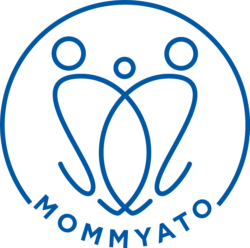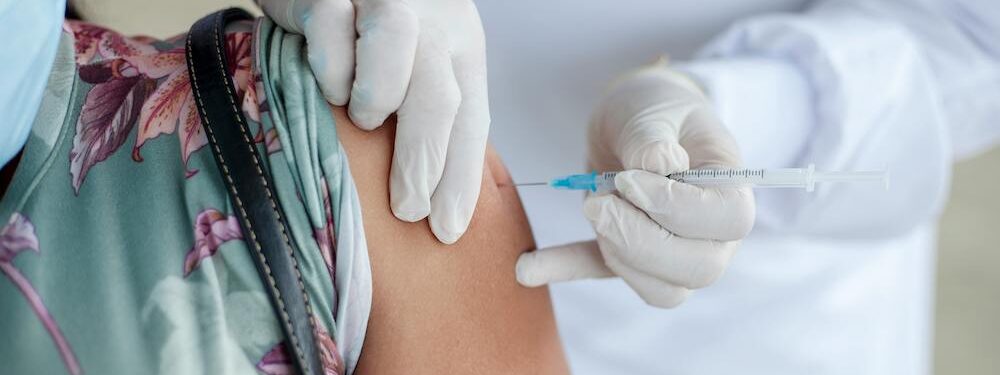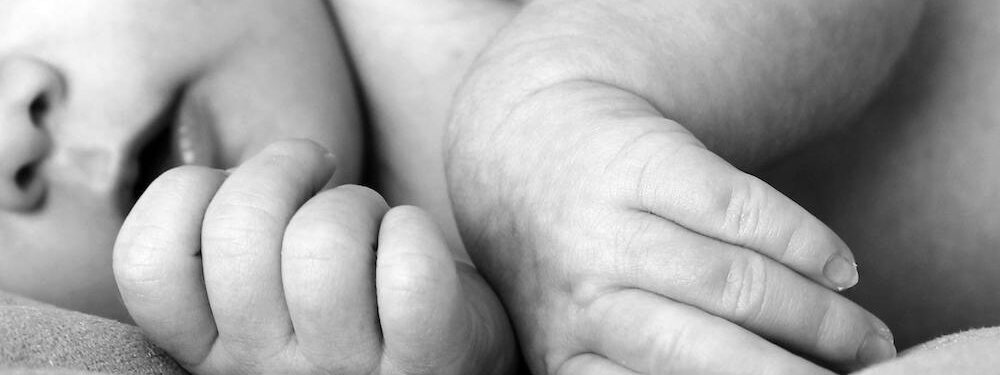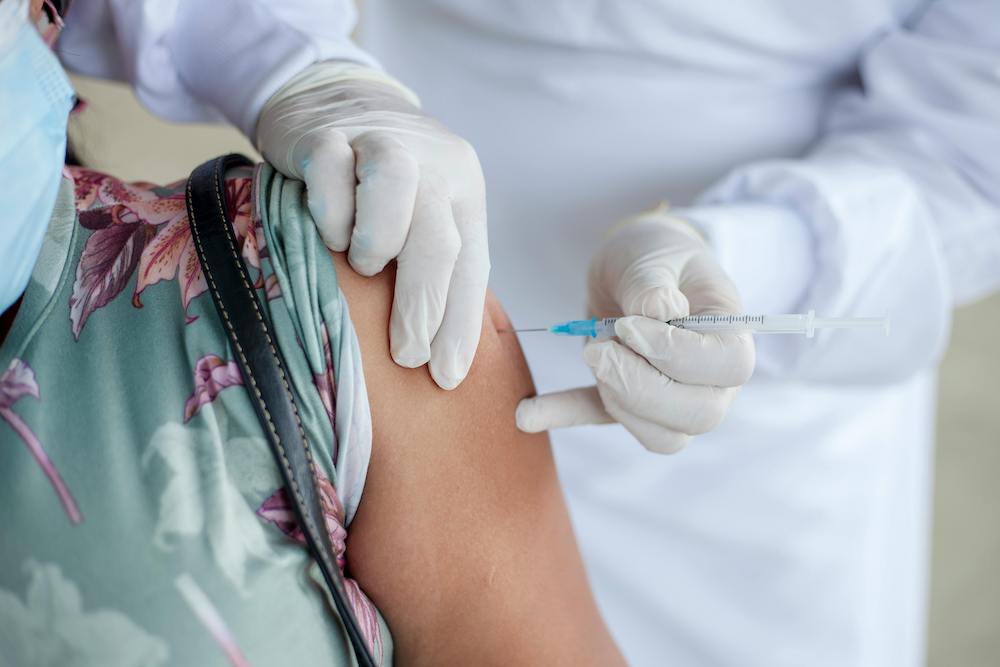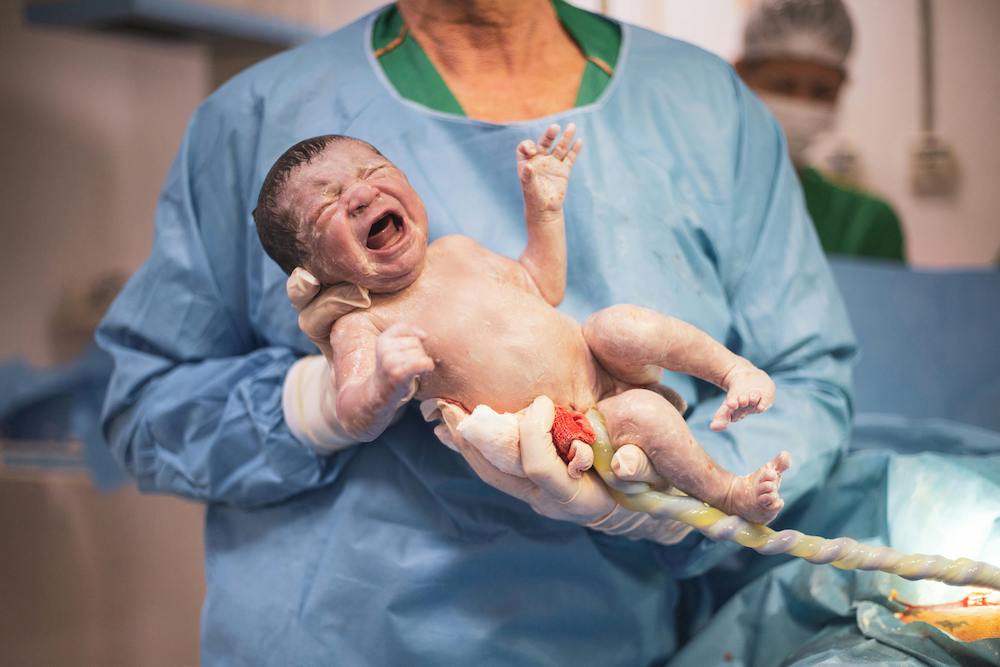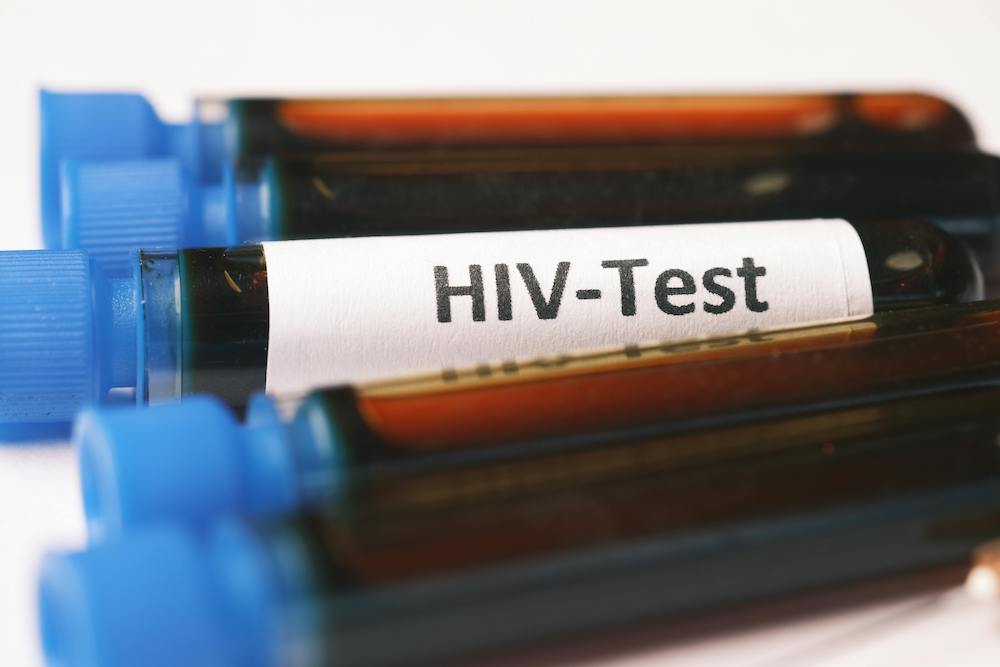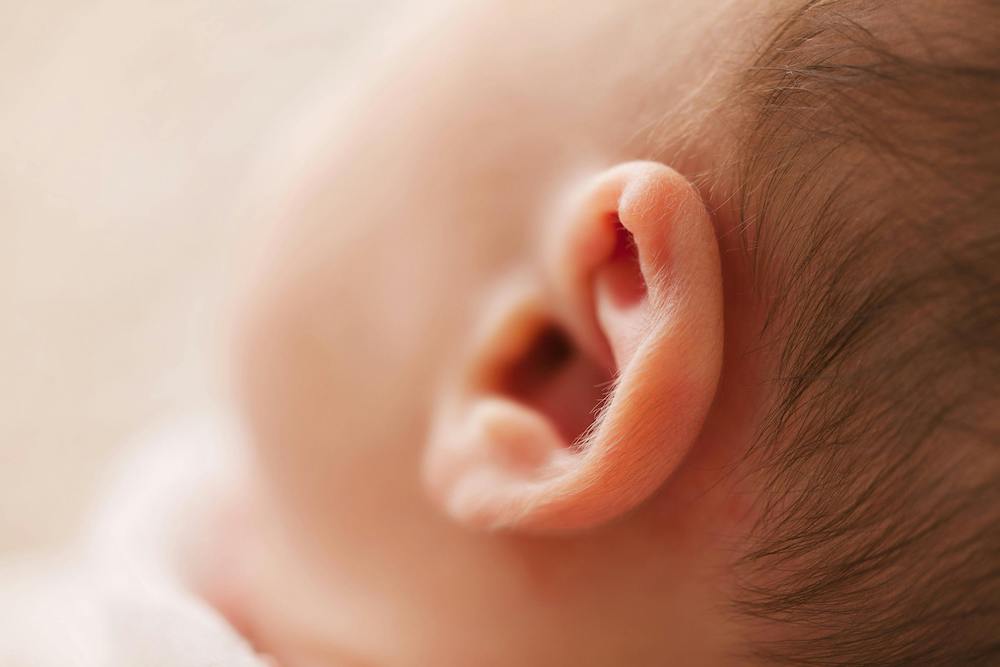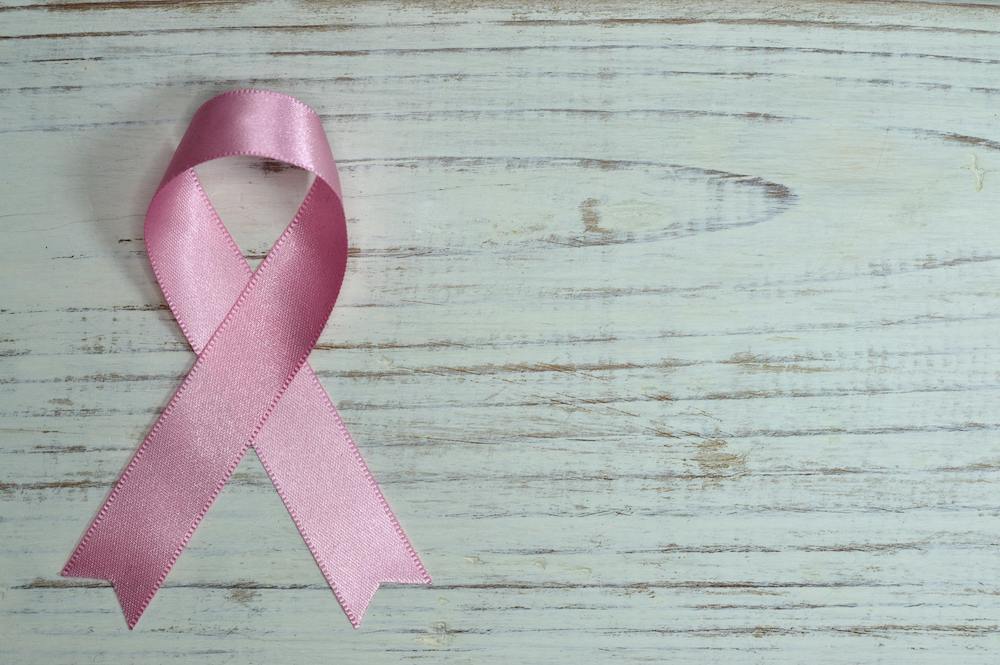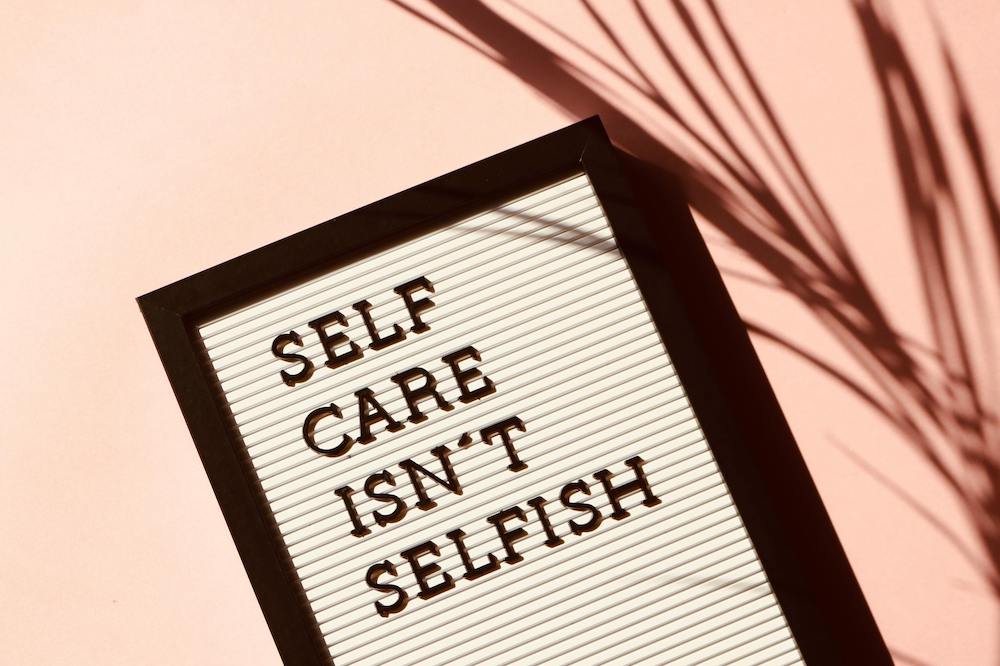Reducing the Risks of Newborn GBS Disease
Mothers who test positive for GBS and receive antibiotics during labor have a 1 in 4000 chance of a baby with GBS disease. Mothers who test positive for GBS and don’t receive antibiotics during labor have a 1 in 200 chance of a baby with GBS disease.²
July is Group B Strep (GBS) Awareness month; a good time to shed a little light on what it is and how to reduce the risk of GBS affecting your newborn.Summer Sun Safety With Newborns
It’s your first summer with the new baby and you may be wondering about the latest guidance on sun protection for newborns.The American Academy of Pediatrics (AAP) and American Academy of Dermatology (AAD) recommend keeping babies 6 months old or younger out of direct sunlight. When adequate shade or clothing isn’t possible, applying a small amount of mineral based sunscreen (containing titanium dioxide or zinc oxide) on exposed skin is okay.
Banking Your Baby’s Cord Blood: What to Know
Years ago, the medical community didn’t know the value of a newborn baby’s umbilical cord blood. It was thrown away with the placenta after birth. Now, we know the potential life saving benefits of umbilical cord blood; for use by the person it comes from, family members, and the general public.HIV: The Importance of Knowing Before Pregnancy
Know Your Status! HIV positive women who know their status and take HIV medications during pregnancy and delivery significantly reduce transmission of HIV...
CMV and Congenital Hearing Loss: Minimizing Your Baby’s Risk
One in three children are infected with CMV by age 5 - and - half of adults have CMV by age 40.¹
This June we’re bringing awareness to the Cytomegalovirus (CMV), a very common virus in the Herpes family, that can cause congenital problems in an unborn baby and serious health problems in newborns. Getting educated on the signs of CMV in babies can help reduce long term issues by getting treatment early.
Top 10 Tips for Partners During Pregnancy
During the month of June, we celebrate Father’s Day. Let’s shine a light on all the wonderful ways partners support and show love to their pregnant significant others!When a mother feels supported by her partner during pregnancy, she experiences less stress. This is great for mother, baby and partner!
Fertility After Cancer: What You Should Know
In honor of National Cancer Survivor Day on June 2, 2024, let’s take a closer look at how cancer affects a woman’s fertility and some of the current options to preserve it.If you have a new cancer diagnosis, talk to your doctor about ways you can preserve your fertility before treatment.
